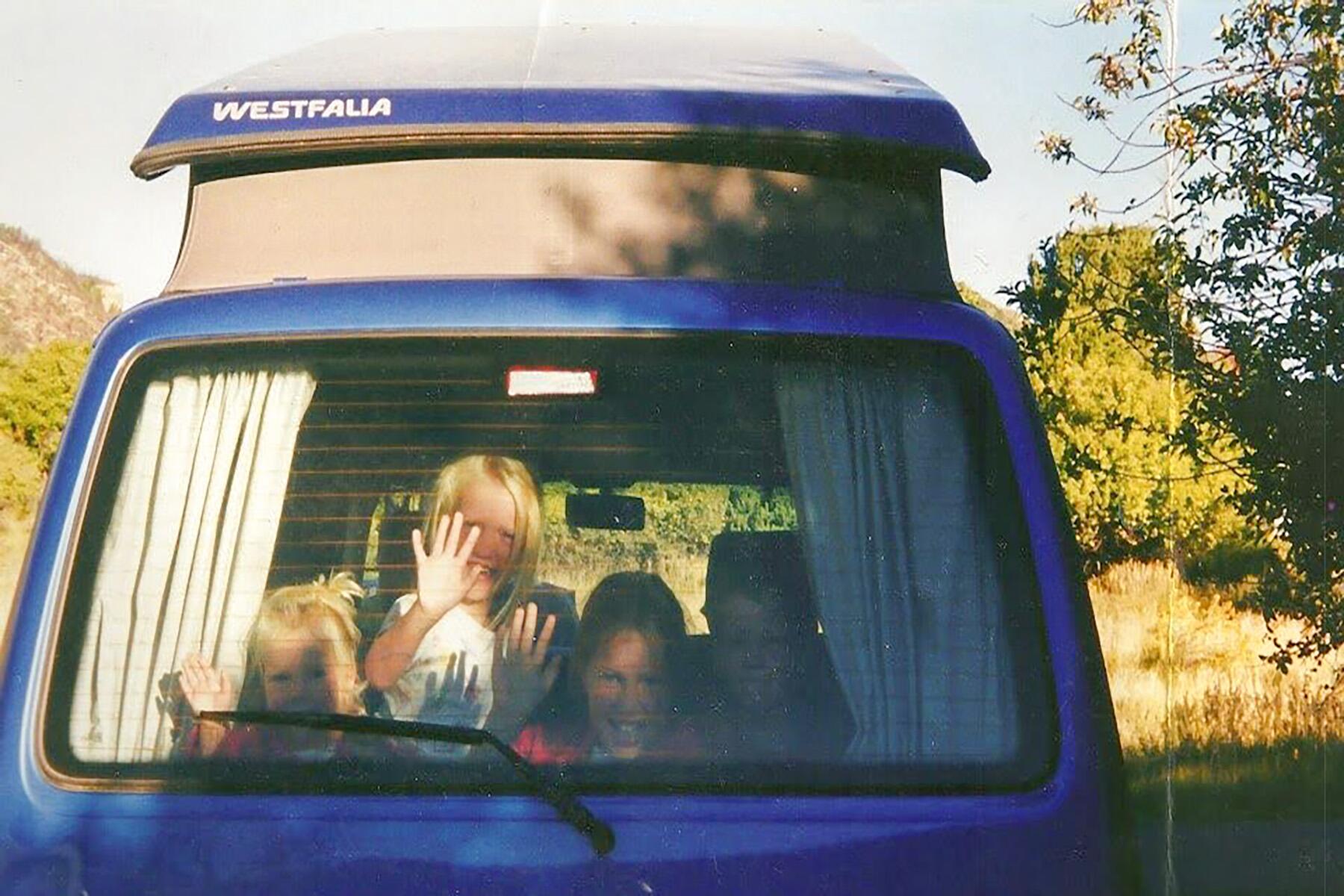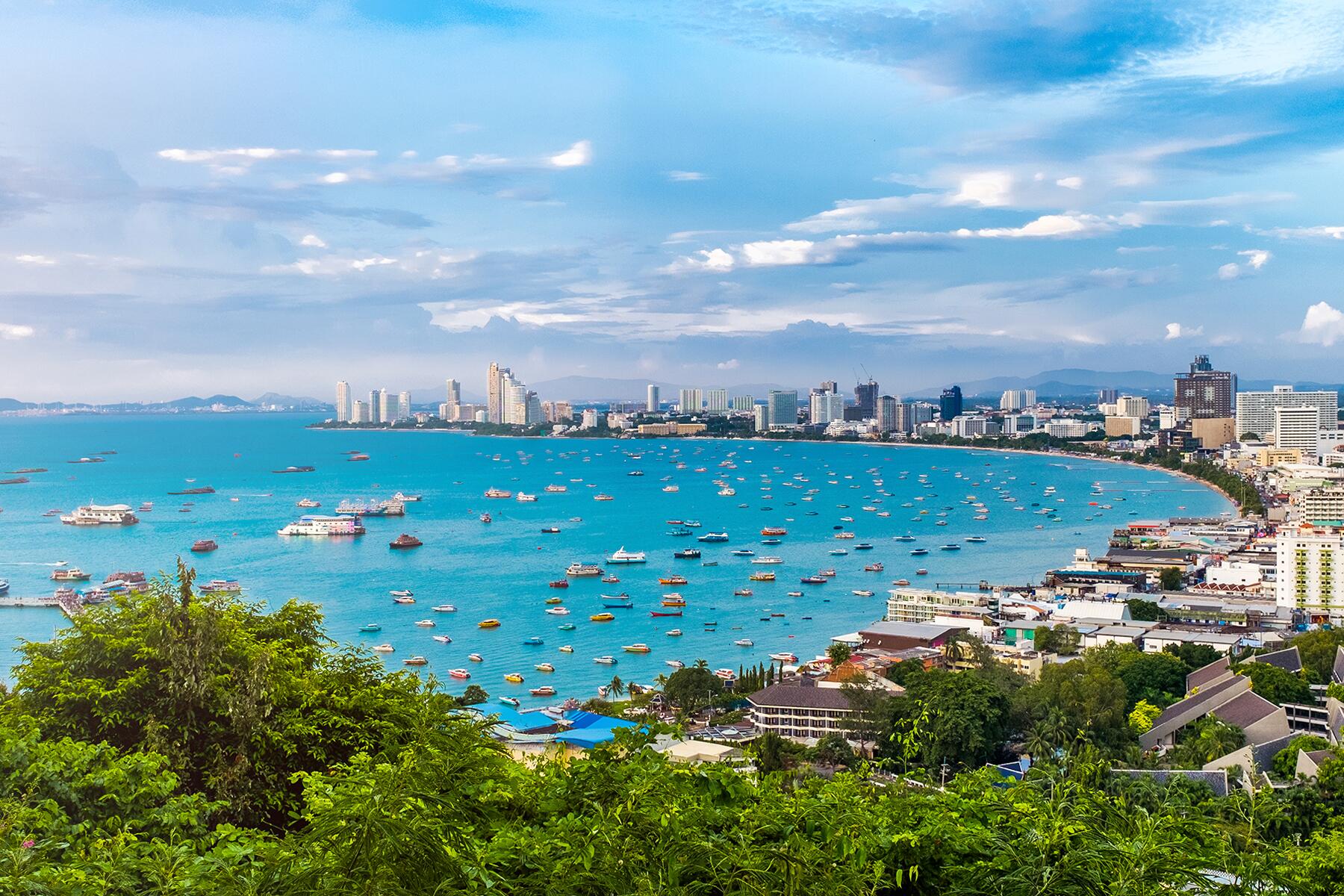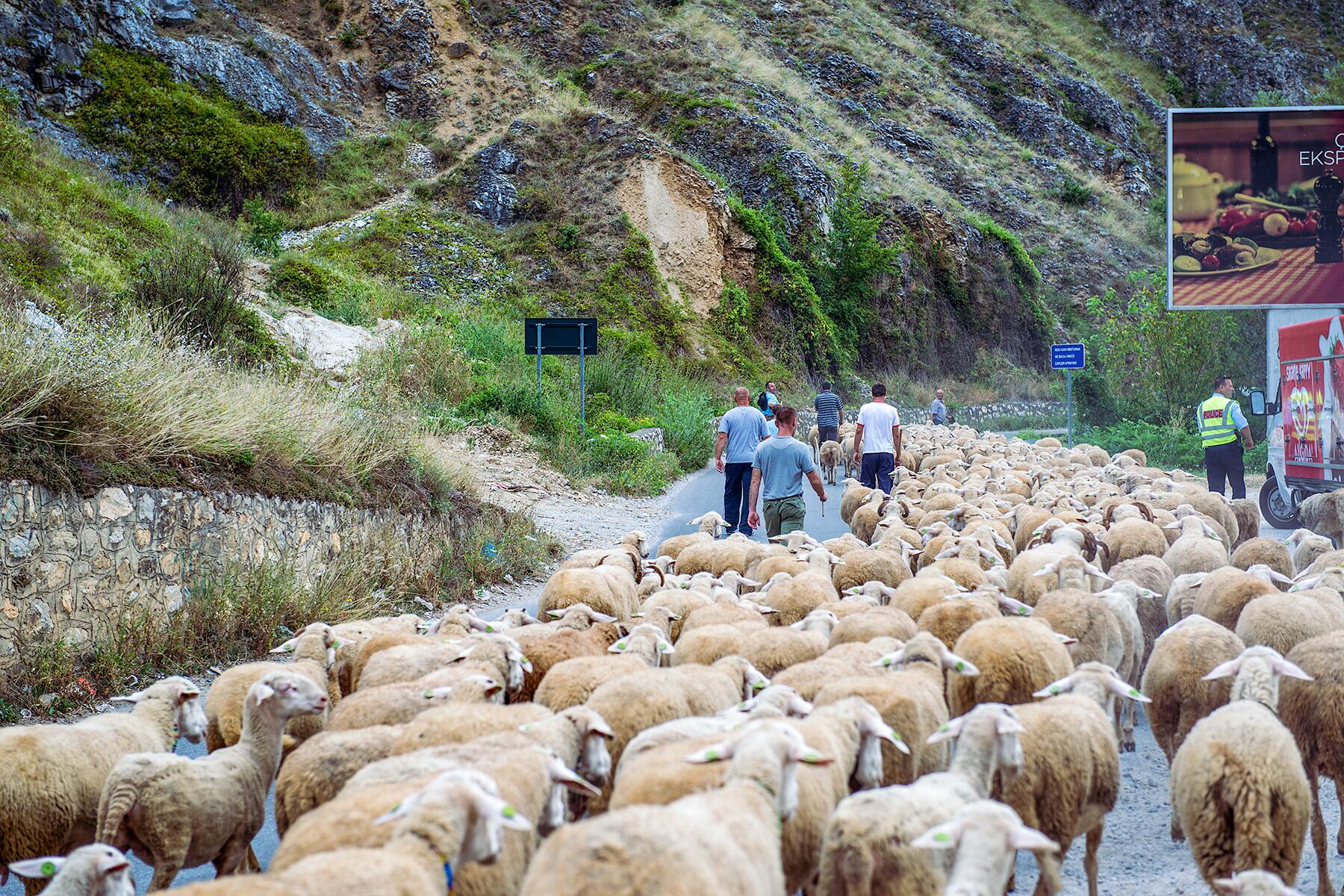Explore the pros and cons of RV travel with your family including choosing an RV, considering budget, convenience factors, and RV space.
Do you have dreams of sitting in front of a recreational vehicle (RV) making s’mores by the campfire and sharing scary stories with your loved ones? Before you drive your RV off into the sunset, consider the pros and cons of various RVs, budgeting, convenience factors, and space allocations.
Find an RV Just Right for You
Just as Goldilocks tested out options for food, chair, and bed before deciding on the perfect match; there is a range of RV options. You can choose a small pop-up, pull-behind camper or a 16-foot RV—each has its own positives and negatives. If you can test drive RVs, try them out. You might end up choosing a more manageable option than a full-size RV.
Before you buy an RV, ask yourself:
- How many people are going on the trip? How many kids and adults?
- Do you have a schedule with set dates? Certain places you want to visit?
- Do you have a trailer hitch? What is your vehicle’s towing limit?
- Have you driven an RV before? Do you have more than one adult driver?
- Will you bring pets?
- What are your meal plans?
Types of RVs
Pop-up camper: This camper is smaller (think tiny house) and is pulled behind your vehicle. It looks like a large rectangular box and “pops up” to become a camper. This can be a great starter option for a first RV trip as it is easier to pull and navigate. However, pop-up campers are very small with no additional travel or storage space. Another con of the pop-up camper is having to “pop-up” the camper even in inclement weather.
Recommended Fodor’s Video
Camper: A pull-behind camper is heavier than a pop-up and may require a higher vehicle towing capacity. Everyone still has to ride in the towing vehicle and caution is advised when leaving anything loose in the camper with road movements. Some versions of this camper include unique A-frame designs and rounded versions reminiscent of Airstreams.
Full-size RV: The traditional RV varies in length from truck to tour bus-sized. Most have a built-in cabin for the driver and passenger. While the added space is nice, a large RV can be hard to navigate; a vehicle can be towed behind but that adds additional unwieldiness. This type of RV offers the most space with bathroom, shower, storage, and larger kitchens. You may also have to do more prep work including balancing the RV and knowing how to empty systems.
Where to Buy an RV
While traditional rental locations like Cruise America and El Monte RV may be the most familiar options for renting RVs, there are a growing number of RV-sharing options like Outdoorsy and RVShare. Some RV sites are local, family-owned and operated. When choosing an RV, consider the pick-up and drop-off options; an advantage may be the option to fly back and only travel in the RV for one trip leg. This can be helpful when traveling in an RV with small children or longer cross-country trips.
Planning RV Travel
Traveling by RV can give you the experience of unique attractions and off-the-beaten-track options with more spontaneity being able to explore fun attractions that might be missed with plane travel. Once you get to your chosen locations, campgrounds often offer shuttles into nearby cities so campers can leave their RVs and explore the city more easily. Go RVing is a great resource site to plan your RV vacation.
As you plan, think about factors that might affect how and where you RV travel:
- Who is traveling with you?
- What is the longest car or plane ride you have taken?
- What is on the way to your destination? Are there rest stations and food options?
- Do you have travel restrictions or time constraints?
Choosing an RV Campground
Choosing campgrounds on an RV trip is as important as the RV. It’s more comfortable than tent camping on the ground, but still has the outdoors camping options. Two of the main campground options are KOA and Jellystone. As you plan where you want to go, lay out your planned path and see which campgrounds are options and then look at which amenities or options you want. Some campgrounds have seasonal events, shuttles and on-site amenities like pools, playgrounds, books and video libraries, and small stores.
While a campground is the easiest option, it can also be a negative. Connecting with the campground’s owner or a late-night arrival can be harder than simply checking into a hotel. And even with perfect planning, delays happen. If you are on the road with an RV and can’t reach your reserved campsite, finding a place to park overnight can be difficult.

The Cost of RV Travel
While traveling by RV may seem like a cheaper option, you also need to consider additional RV deposits, cleaning fees, gas costs for larger tanks, mileage fees campground fees, shuttle fees, and incidentals. However, a big plus in renting an RV is no commitment to the larger purchase cost.
Having a kitchen in the camper can also help to save on meals. Keep in mind, RV rental and camping fees can total the same or more than a hotel if you rent a larger, full-size RV. You may also have surprise costs when returning the camper including gas, mileage, cleaning fees, and return times. RV rental companies provide varied supplies; you might have to provide things like linens, utensils and toilet paper. Campgrounds costs also vary depending on what type of campsite you choose.
The Convenience Factor
Families may find a weekend RV trip is a good start before committing to a longer trip. Driving a towed RV or full-size RV may be difficult to drive and park on the road, at the campground and in cities. You will also need to learn RV functions like unloading water and balancing larger RVs. Clean-up is on you; there are no campground maids.
If you are traveling with a pull-behind camper with no toilet or shower, you will have to use campground bathrooms which can be rudimentary or not well-attended in the off-season. On the other hand, RV bathrooms are often tiny with hot water at a premium. A big RV convenience plus is you don’t have to unpack and repack at each hotel stop.
Check with rental locations about traveling with pets to potentially save money on boarding; doggy daycares in cities can accommodate as you sight-see. While most RVs do have locks, exercise caution in protecting private property at public campgrounds.
Just as with hotels, plan ahead for campground reservations. During peak season, campgrounds may be booked months in advance. Sleeping in an RV in a campground near the interstate or busy roads can be louder than a traditional hotel.
Family Fun in an RV
Traveling with your family on vacation can be stressful even in a big space. Traveling in an RV means you are often in your sleeping and travel space 24/7. One of the biggest pros and cons of traveling with an RV is that you are in very close quarters. You can bond without sleeping in a tent but you are still very close to each other. Wi-Fi connections may be spotty which is also a good/bad thing; hiking and campfires replace internet surfing but finding a connection can be frustrating.
RVs can be larger than a hotel room while others crowd you into bunks that double as tables. Consider how long you can stay in a small space. If you get claustrophobic, you can branch out and meet other campers at the campground. A potential positive of larger RVs is that they may be able to accommodate more people like grandparents or cousins.
Choosing a full-sized RV does give you the opportunity to spread out a little while traveling. Kids still need to be restrained but there are often multiple seating options to separate bored travelers. There is also space to bring extra gear without having to pack it into carry-ons or checked luggage.
As you consider what to do in your recreational time, your “just right” RV can be your vacation happily ever after.



